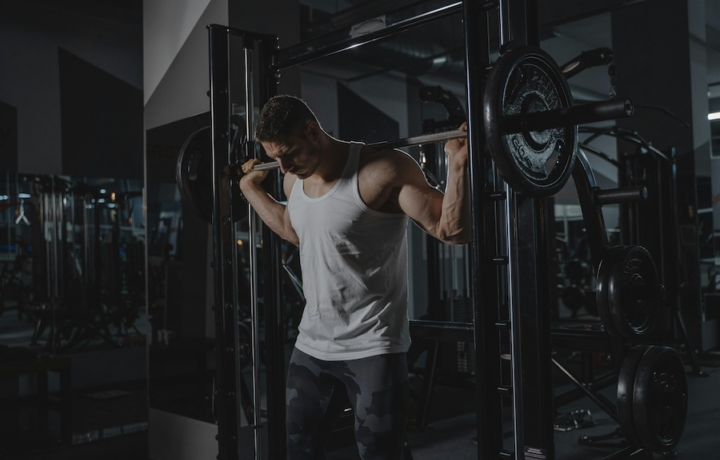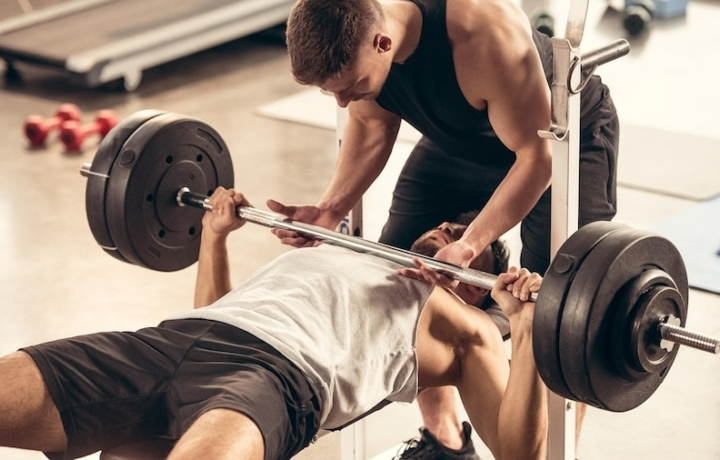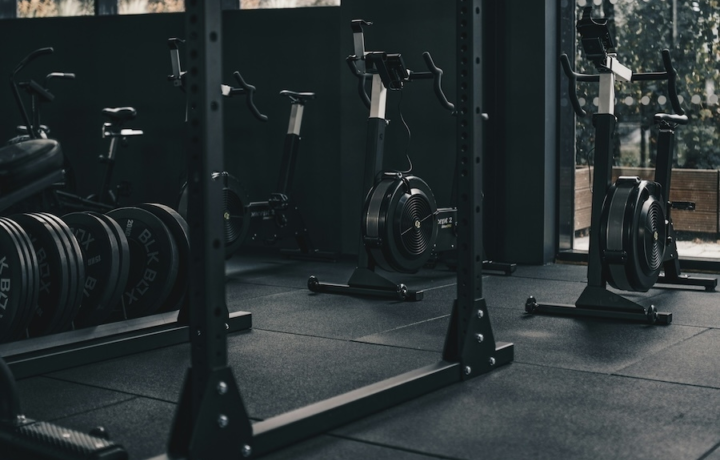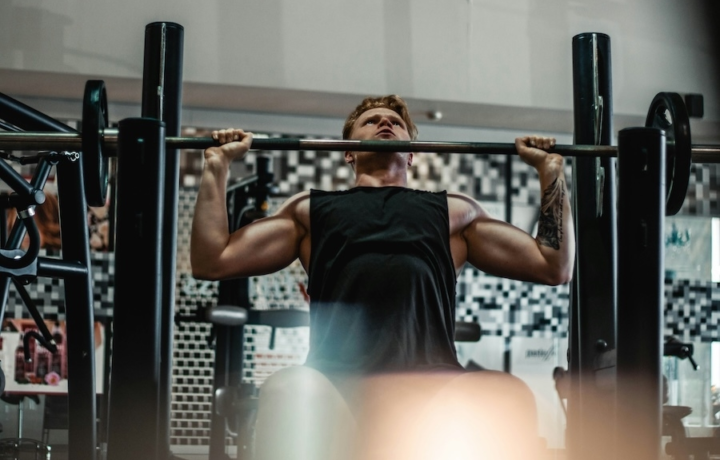Exercise
Cable Lateral Raise

Cable Lateral Raise
How to Perform
- Stand with your feet shoulder-width apart next to a cable machine, grasping the handle with your outside hand at the lowest setting.
- Maintain a slight bend in your elbow and position your shoulders back and down, keeping your core engaged throughout the movement.
- Hold your non-working arm lightly against your side or on your hip for stability as you breathe in to prepare.
- Raise your arm out to the side in a controlled motion until it reaches shoulder height, keeping a slight bend in your elbow and your palm facing down.
- Pause briefly at the top position while maintaining tension, ensuring your shoulder doesn't roll forward and your wrist stays neutral.
- Exhale as you perform the lifting phase, focusing on using your deltoid muscle rather than momentum to move the weight.
- Lower the handle slowly back to the starting position while inhaling, maintaining control and resistance throughout the descent.
- Complete all repetitions on one side before switching positions to work the opposite arm, ensuring your torso remains upright without leaning throughout the exercise.
Important information
- Keep your wrist neutral and in line with your forearm to prevent strain; avoid flexing or extending your wrist during the movement.
- Maintain a slight bend in your elbow throughout the exercise to protect your joint and better isolate the lateral deltoid.
- Control the movement speed, especially on the downward phase, to maximize time under tension and prevent using momentum.
- If you feel the exercise in your trapezius rather than your shoulders, reduce the weight and focus on keeping your shoulders depressed away from your ears.

Cable Lateral Raise
Exercise Details
Primary Muscles
Muscle Groups
Mechanic
Risk Areas
Built for progress
Take the guesswork out of training
Create personalized AI-powered workout plans that evolve with you. Train smarter, track every rep and keep moving forward, one workout at a time.






The Cable Lateral Raise stands as a cornerstone intermediate movement for anyone serious about sculpting defined, powerful shoulders. This exercise primarily targets the side deltoids, with significant engagement of the front deltoids as well, making it an efficient compound movement for upper body development.
For bodybuilding enthusiasts, the Cable Lateral Raise offers distinct advantages over its free-weight counterpart. The constant tension provided by the cable mechanism creates a unique stimulus throughout the entire range of motion, particularly at the bottom position where dumbbells typically allow tension to dissipate. This continuous resistance pattern promotes greater time under tension—a critical factor for hypertrophy and muscle growth in the deltoid region.
Strength athletes appreciate this movement for its ability to address shoulder stability and balance, which translates to improved performance in pressing movements like bench press and overhead press. The cable's resistance path also helps correct common imbalances between the dominant and non-dominant sides, as each arm must work independently against the same resistance profile.
What separates elite physiques from average ones is often shoulder development, and the Cable Lateral Raise specifically emphasizes the lateral head of the deltoid—the muscle that creates that coveted shoulder width and upper body V-taper. When properly integrated into a training program, this exercise contributes significantly to that three-dimensional shoulder appearance prized in competitive bodybuilding.
From a physiological perspective, the side deltoids respond particularly well to controlled, moderate-weight movements with proper form rather than excessive loading. This makes the Cable Lateral Raise ideal for hypertrophy-focused training, allowing for precision in muscle targeting without the joint stress associated with heavier overhead pressing movements.
For optimal results, many experienced lifters incorporate this exercise later in shoulder workouts after compound movements have pre-exhausted the larger muscle groups, maximizing the isolation effect on the deltoids when muscle fibers are most receptive to targeted stimulation.
FAQ - Cable Lateral Raise
The Cable Lateral Raise primarily targets the lateral (side) deltoids, with secondary engagement of the front deltoids and upper trapezius. This focused work on the side delts is crucial for developing shoulder width and that coveted V-taper physique.
Cable Lateral Raises provide constant tension throughout the entire range of motion, especially at the bottom position where dumbbells lose tension. This continuous resistance creates greater time under tension for the deltoids, potentially leading to better hypertrophy results and more controlled movements.
The three most common mistakes are using momentum by swinging the torso, lifting the weights too high (above shoulder level), and internally rotating the shoulders. Keep your body stable, raise until arms are parallel to the floor, and maintain a slight forward tilt of the dumbbells with thumbs slightly lower than pinkies.
Use a weight that allows for 10-15 controlled repetitions with proper form. The lateral deltoids respond better to moderate weights with strict form rather than heavy loads, so prioritize technique and feeling the targeted muscles work over using excessive weight.
Place Cable Lateral Raises after compound pressing movements like overhead press or bench press. This positioning allows you to target pre-fatigued deltoids for maximum isolation effect, typically performing 3-4 sets in the middle or toward the end of your shoulder workout.










